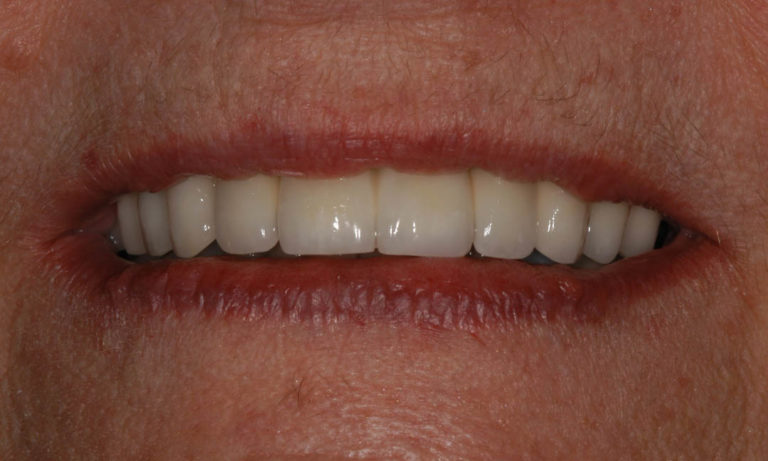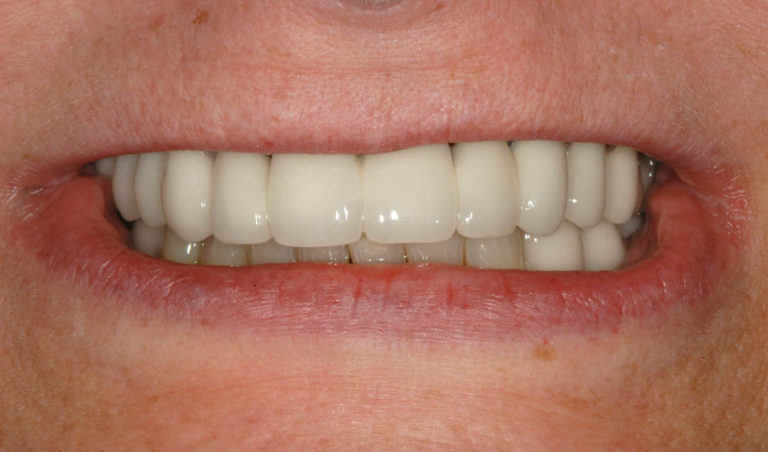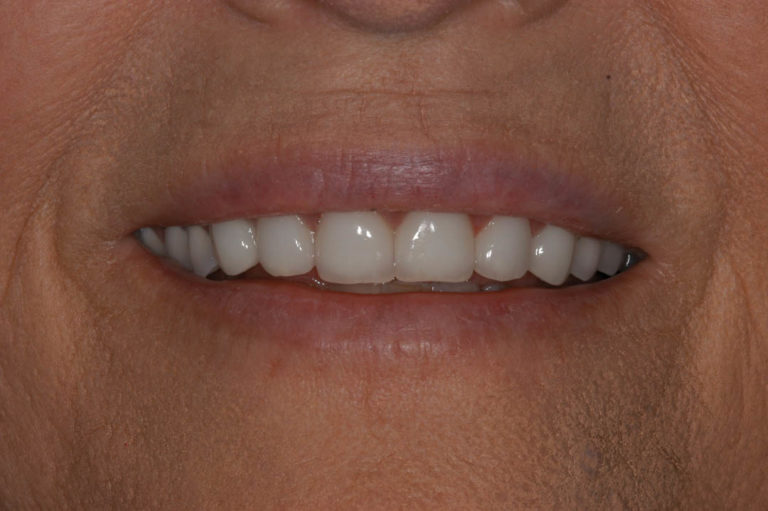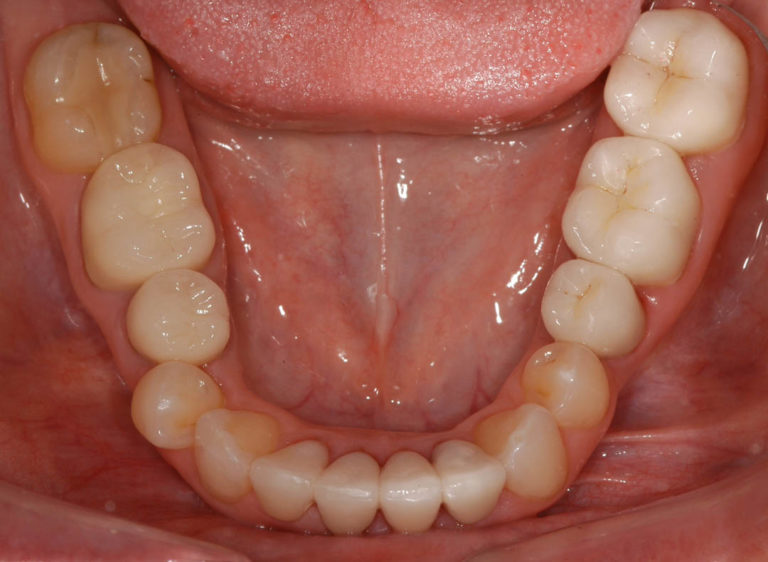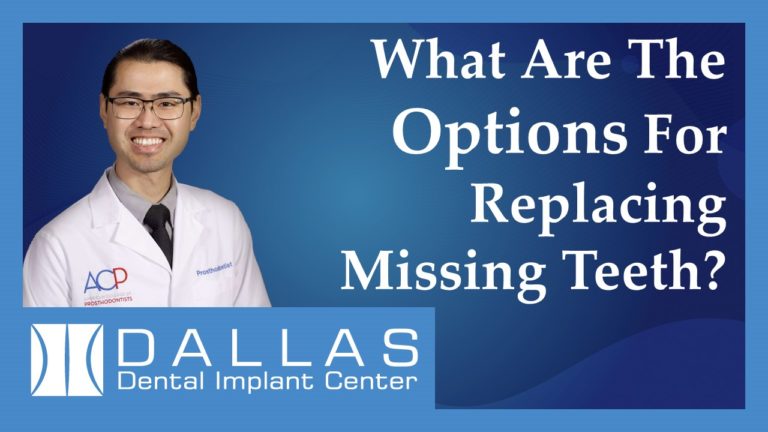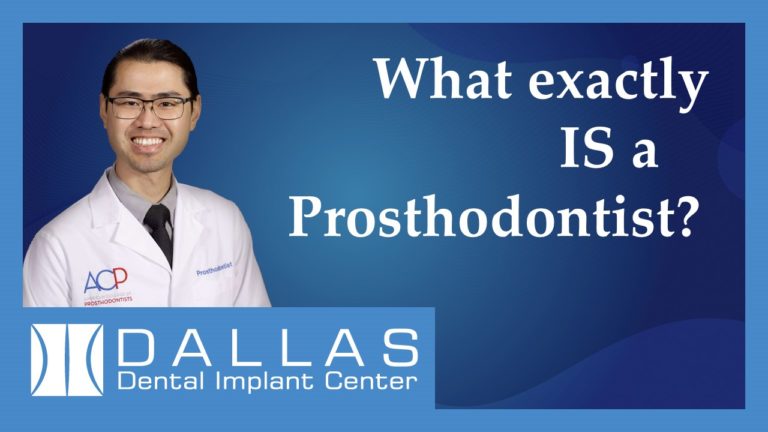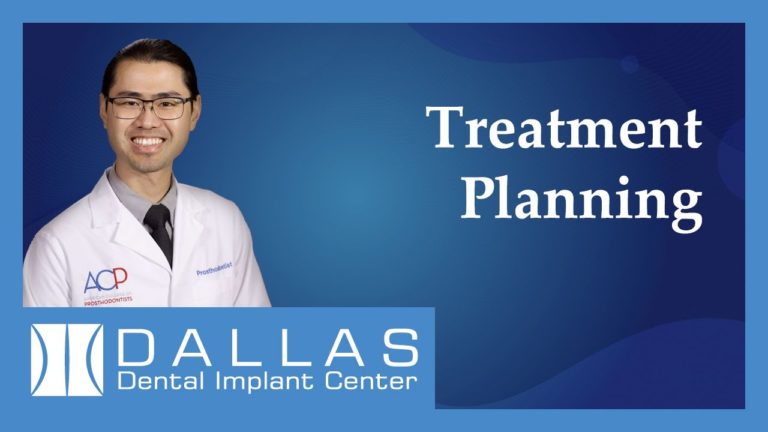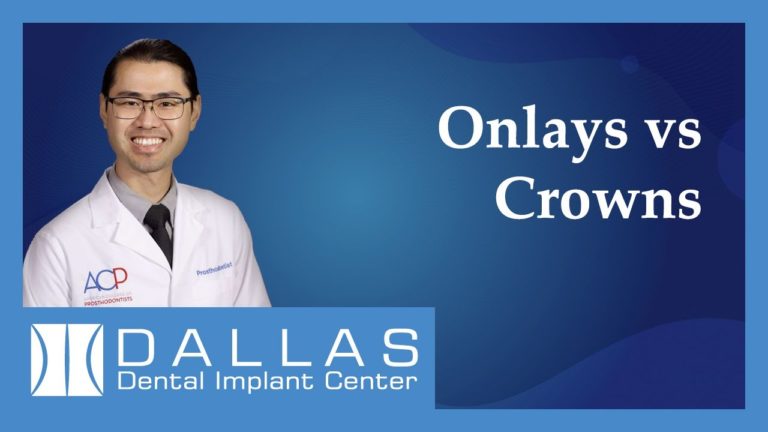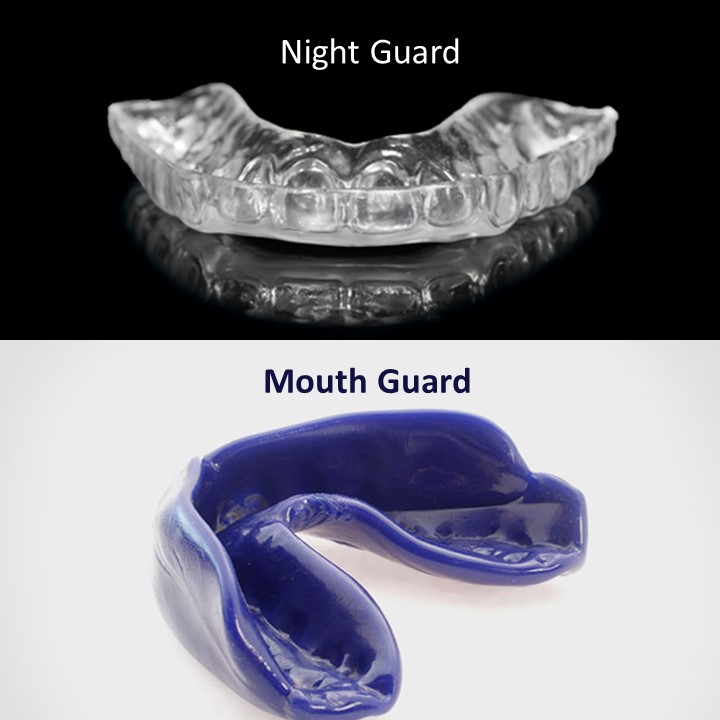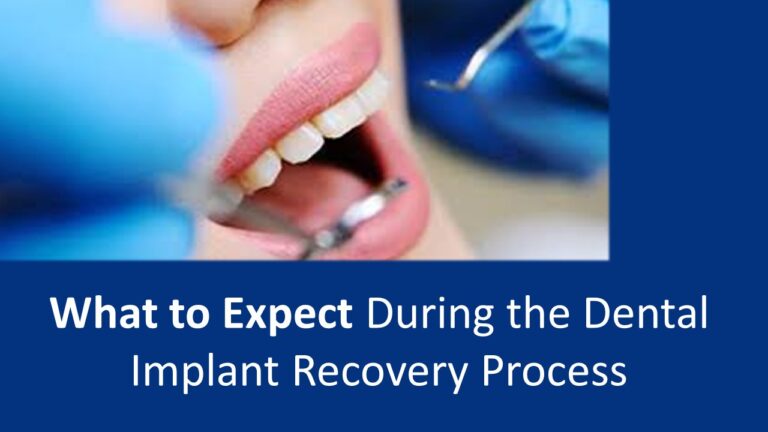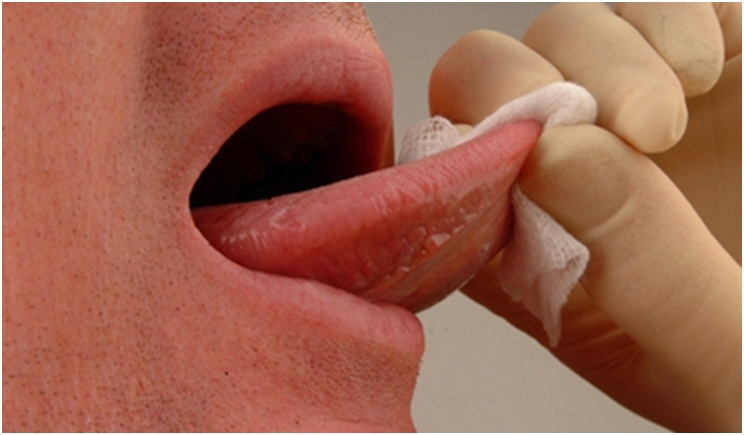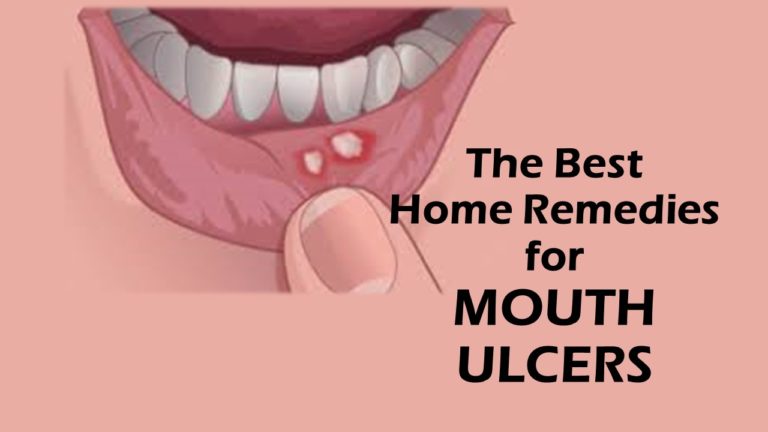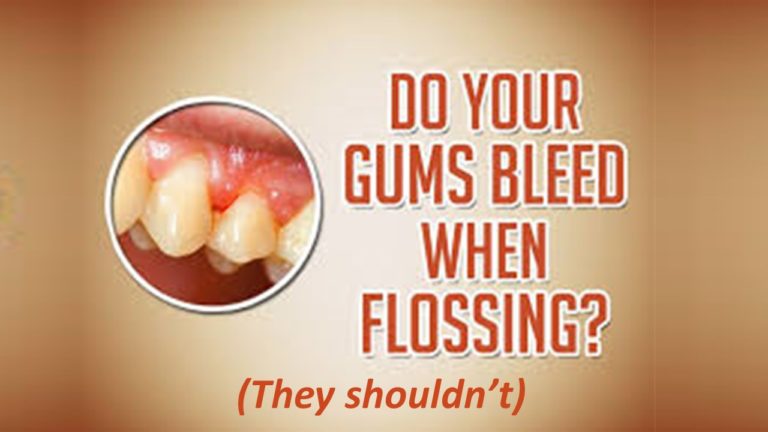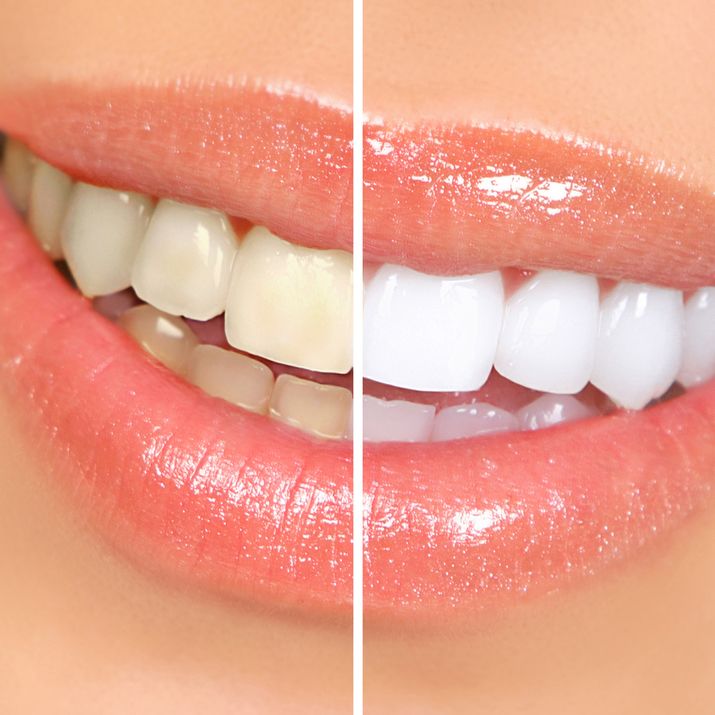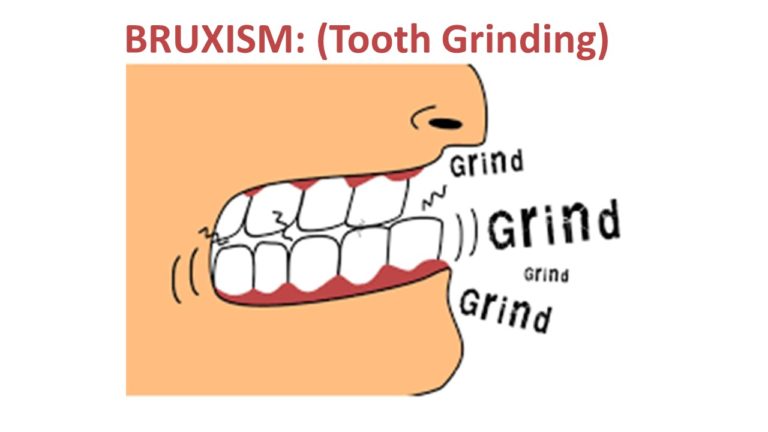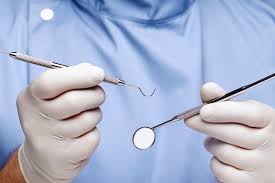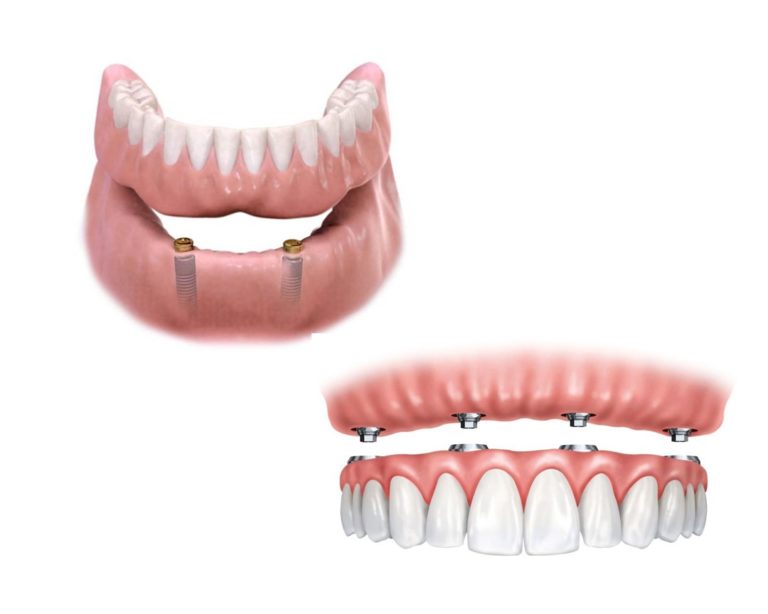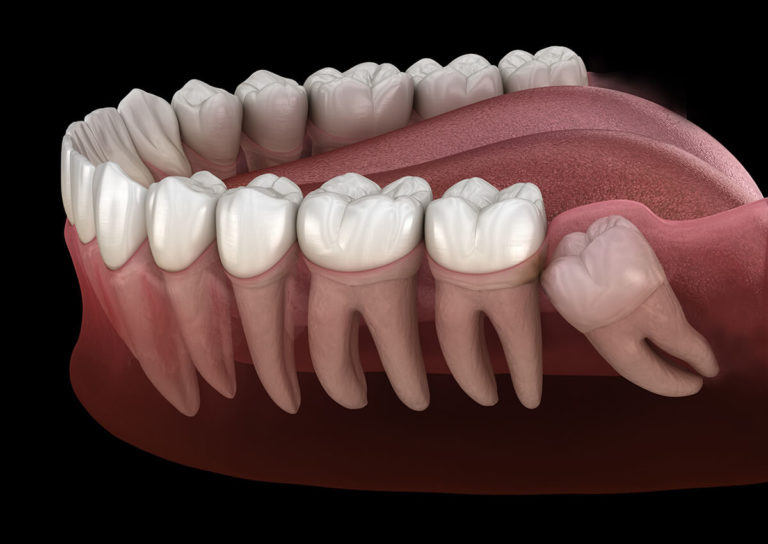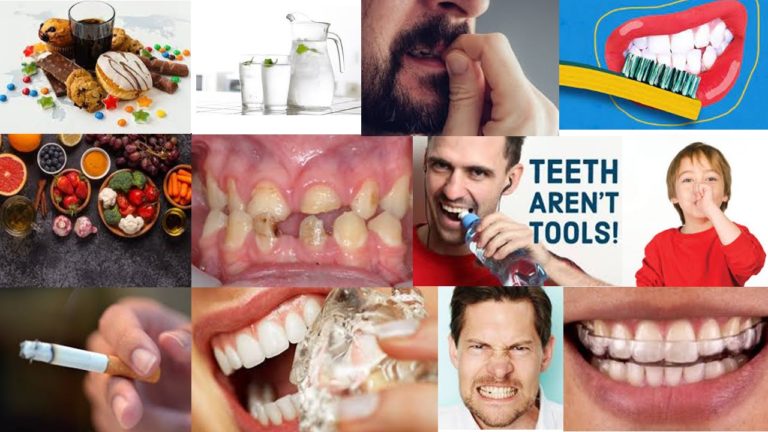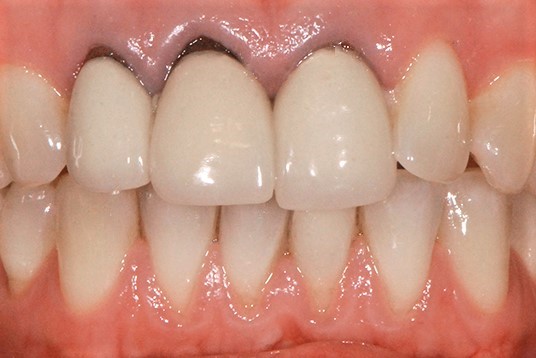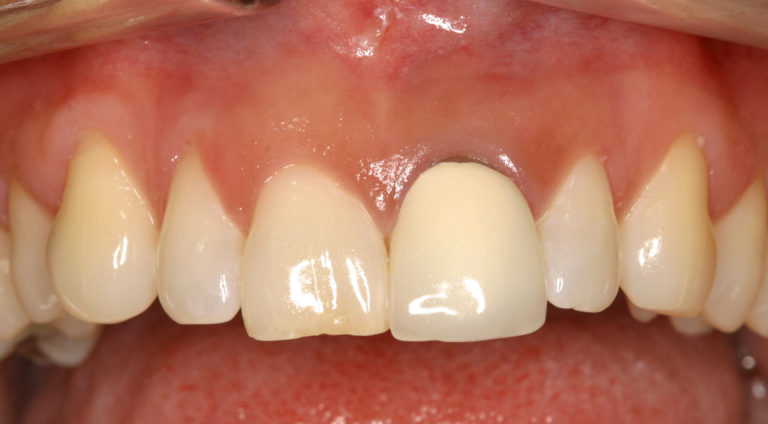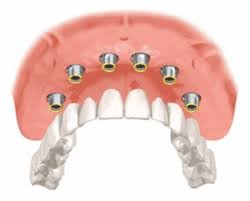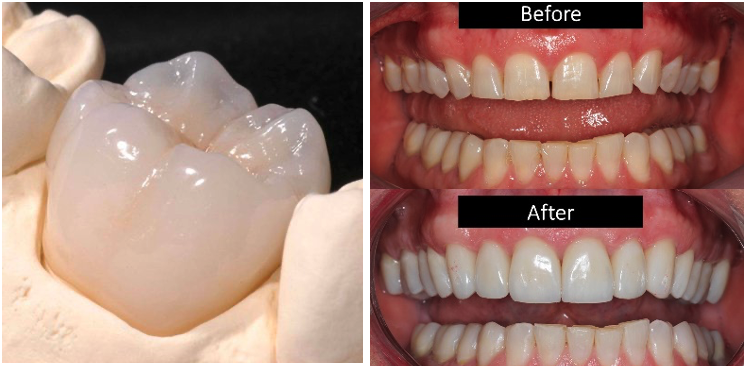Crowns and Onlays
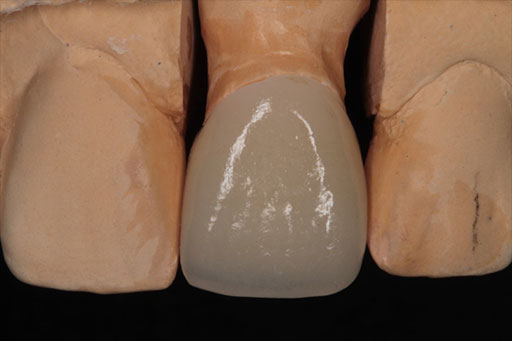 When a tooth is weakened or damaged, a tooth-shaped cap called a crown can be made to restore it to its ideal shape and size. Besides restoring the missing portions, crowns can help to protect whatever tooth structure remains by physically banding and holding it together. This makes them ideally suited for teeth with fractures, very large fillings, previous root canal treatments, severe wear from grinding, or even teeth that are misshapen and/or discolored.
When a tooth is weakened or damaged, a tooth-shaped cap called a crown can be made to restore it to its ideal shape and size. Besides restoring the missing portions, crowns can help to protect whatever tooth structure remains by physically banding and holding it together. This makes them ideally suited for teeth with fractures, very large fillings, previous root canal treatments, severe wear from grinding, or even teeth that are misshapen and/or discolored.
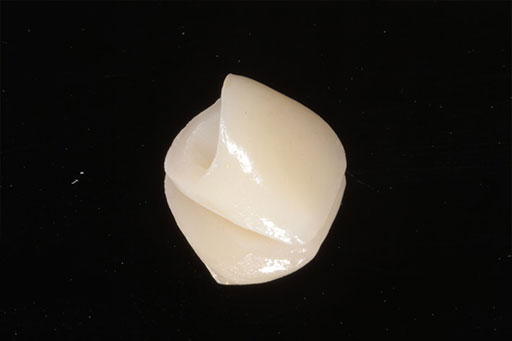 Crowns may be made from gold, ceramic, or a mix of the two. Gold is one of the oldest materials in Dentistry with a long track record of success. For esthetic reasons, porcelain was later developed in order to mimic the color of natural teeth. This was a weaker material so it had to rely on a metal core for support. Modern porcelains, like glass ceramics and zirconia, have superior strength and esthetics. This allows them to be used metal-free when restoring teeth, even at the back of the mouth where forces are highest.
Crowns may be made from gold, ceramic, or a mix of the two. Gold is one of the oldest materials in Dentistry with a long track record of success. For esthetic reasons, porcelain was later developed in order to mimic the color of natural teeth. This was a weaker material so it had to rely on a metal core for support. Modern porcelains, like glass ceramics and zirconia, have superior strength and esthetics. This allows them to be used metal-free when restoring teeth, even at the back of the mouth where forces are highest.
An additional benefit of the newer glass ceramics is that they can be adhesively bonded to teeth. This lends them perfectly to being made as onlays – partial crowns that provide the same level of structural support without removing as much tooth. Onlays are more technically challenging to make and deliver but their conservative nature more than makes up for it.
Bridges
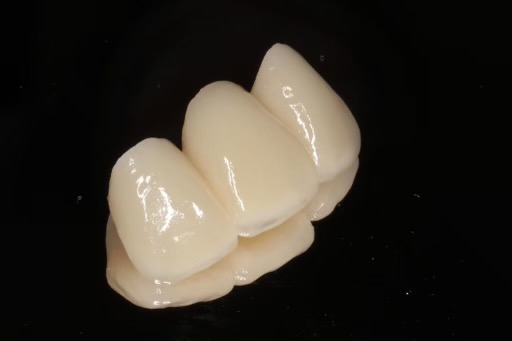 In instances where teeth are missing, replacing them can help maintain the functionality of your bite and restore the natural beauty of your smile. For decades, the only way to do this in a non-removable way was to construct a dental bridge. It consists of dental crowns on the neighboring natural teeth with a false tooth bridged in between them. This prosthesis is made as a single piece and is cemented onto the prepared teeth, thus filling the space.
In instances where teeth are missing, replacing them can help maintain the functionality of your bite and restore the natural beauty of your smile. For decades, the only way to do this in a non-removable way was to construct a dental bridge. It consists of dental crowns on the neighboring natural teeth with a false tooth bridged in between them. This prosthesis is made as a single piece and is cemented onto the prepared teeth, thus filling the space.
There are some drawbacks to bridges – the most significant one being that it requires grinding down two teeth to help replace one missing tooth. If both teeth were pristine to begin with, that constitutes a large sacrifice in good tooth structure. Furthermore, a one-piece prosthesis like this splints the fates of both teeth. If either of the bridge supports was to develop tooth decay or gum disease, the entire unit can be irreversibly compromised. The advent of dental implants allows us to restore missing teeth with single implants instead. In recent years, this has taken over as our first choice of treatment for patients with missing teeth.
Why Choose Crowns, Onlays and Bridges at the Dallas Dental Implant Center?
Dr. Tan uses the latest in diagnostic and restorative treatments to provide the best, most natural looking results for his patients. The extent of your treatment will depend on the level of correction that is needed. During your consultation, all instructions regarding your pre and post treatment care will be discussed with you. Our crowns, onlays and bridges are long-lasting and can be cared for using proper dental hygiene and regular professional cleanings. These restorations can help you get back to smiling, talking, eating, laughing and interacting in social situations without having to worry about your smile.
What is the cost?
Cost varies greatly depending upon the region, the doctor’s training and the quality of laboratory that makes the actual prosthesis. Crowns and onlays can range from $1200-2400 per tooth. The cost of bridges is similar; it typically matches the cost of crowns, just multiplied by the number of teeth involved.
To learn more about Crowns, Onlays, Bridges, and how we can help you, please fill out the form below.

